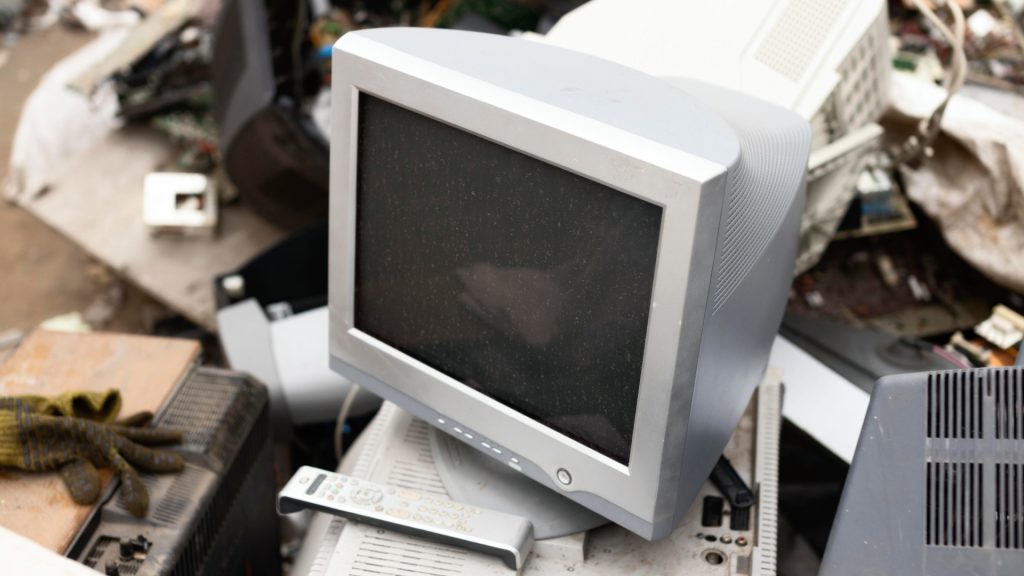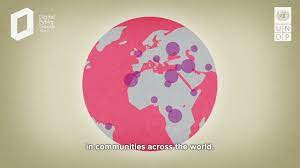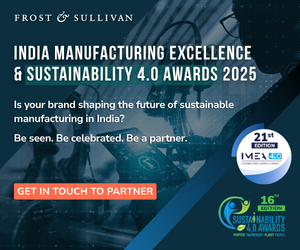On this Global E-Waste Day, it is imperative to take a critical snapshot of the tech trash scenario in India. Critical because the nation is rapidly transforming through technology use but confronting a mounting challenge of “tech trash.”
The country generated close to 1.4 million metric tons of electronic waste in FY 2024-25—nearly a 151% surge over six years. As digital penetration accelerates, we generated approximately 13.98 lakh tonnes of e-waste last year, doubling the 7.08 lakh tonnes produced in 2017–18. While the formal processing of e-waste rose 43 times between these years, reaching about 9.88 lakh tonnes (70% of the total generated), significant gaps remain in integrating informal dismantlers and expanding responsible recycling.
As India positions itself as a global technology powerhouse, closing this recycling gap is a business and sustainability imperative. But it demands innovation, robust policy enforcement, and community engagement to attain the reach momentum.
E-Waste Landscape
India ranks among the world’s top five e-waste producers, driven largely by rapid urbanization, expanding consumer electronics markets, and shorter device lifecycles. States like Uttar Pradesh, Haryana, Telangana, and Uttarakhand have emerged as regional hubs. Each of these states processes over 4 lakh tonnes, while industrially strong but recycling-lagging states such as Maharashtra and Rajasthan point toward uneven infrastructure deployment.
The national e-waste management market is currently valued at around US $1.88 billion (2025) with a forecasted growth at a CAGR of 7.67%, aiming to reach US $2.72 billion by 2030.
The existing policy framework, anchored by the E-Waste (Management) Rules and Extended Producer Responsibility (EPR) has catalyzed formal compliance among manufacturers and importers. Yet, the informal sector remains a major player, processing a substantial volume of e-waste without environmental safeguards, causing health and ecological risks, and resulting in valuable materials being lost.
Global Context
In the global arena, the UN Global E-Waste Monitor 2024 estimates that 62 million tonnes of e-waste were generated worldwide in 2022, marking an 82% increase since 2010. Of which only 22% recycled through formal channels. By 2030, global e-waste is expected to reach 82 million tonnes annually. Despite producing less e-waste overall than major economies, India’s formal recycling share of 70% stands out as comparatively strong. However, this figure masks the persistence of large, unregulated scrap sectors, especially in urban areas, where improper disposal exacerbates pollution crises.
Innovation and Circular Economy
On the business front, Indian recyclers like Attero Recycling, Ecoreco, and RecycleKaro are spearheading advanced recycling technologies. Attero, for example, reported a 72% increase in e-waste processing within a year, focusing on lithium-ion battery recovery—a key resource as EV market expands. RecycleKaro has pioneered India’s first large-scale lithium-ion battery recycling plant featuring AI-enabled recovery processes with zero-waste discharge. Companies such as Gravita India and Karo Sambhav work closely with producers to enhance material traceability and compliance with EPR frameworks.
These firms are transforming e-waste from a liability into a source of critical metals like gold, copper, and rare earth elements. This transition is fundamental for the country’s strategy to leverage e-waste as a “domestic mine” in the global electronics supply chains.
Kerala’s Grassroots E-Waste Collection Model
One of the most exemplary initiatives in India is Kerala’s grassroots e-waste management program, which combines decentralized governance with community engagement. Kerala generated substantial e-waste but tackled its collection and processing challenge through Haritha Karma Sena (HKS)—an army of trained local women waste collectors operating across urban and rural areas.
The Clean Kerala Initiative deploys these community workers for door-to-door collection of household e-waste items—such as old TVs, refrigerators, computers, tube lights, and batteries—paying residents up to ₹55 per kg for hazardous e-waste. In FY 2024–25 alone, HKS collected over 66,000 tonnes of e-waste and other waste, funnelling it to certified recyclers like Kerala Enviro Infrastructure Ltd (KEIL), the state’s regulatory-compliant processing facility.
This program also empowers over 33,000 women self-help group members to serve as entrepreneurs, formalizing local informal sectors and ensuring transparency and safe disposal. Real-time data management via the Harithamithram app and government-backed fixed pricing schemes have made Kerala a model now studied by neighboring states like Tamil Nadu and Karnataka for adoption.
Strategic Imperatives
The evolving e-waste management scenario underscores the need for integrating informal actors into formal systems through socio-economic incentives, technology upgrades, and stringent regulation enforcement. Innovations such as AI-powered sorting, advanced metallurgical recovery processes, and digital tracking will enhance resource recovery. It will also help mitigating pollution risks. Expansion of successful community-driven programs like Kerala’s grassroots collection model will be essential to close existing gaps.
Ultimately, the e-waste challenge is as much about economic opportunity as environmental stewardship. With a growing recycling market projected to exceed USD 2.7 billion by 2030, the path forward lies in scaling formal recycling and embedding sustainability in electronic disposal practices.
Global e-waste Day is celebrated on 14 October every year













